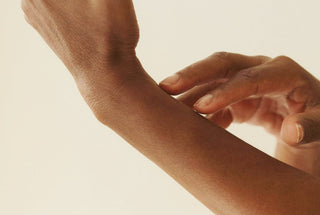Sun sensitivity represents an often misunderstood condition that can significantly impact an individual's standard of living. Medications, food ingredients, and skincare items have the potential to induce symptoms such as itching, redness, blistering, or burning sensations. Among the commonly encountered conditions is photocontact dermatitis, denoting a skin reaction arising upon exposure to sunlight after contact with specific substances.
If you have ever experienced rashes, blisters, or skin discoloration subsequent to preparing a cocktail or chopping vegetables, it's possible that certain ingredients may be culpable. The skin reaction could be triggered by handling fruits and vegetables like lime, figs, and celery, or by contact with plants such as hogweed and St. John's wort.
Symptoms typically appear as an itchy rash or severe sunburn on regions of the body predominantly exposed to sunlight. In diagnosing the underlying cause of sun sensitivity reactions, dermatologists must factor in various individual elements, including diverse product exposures, medical history, and occasionally, blood analyses or biopsy of the affected skin area.
It is a common misconception that particular forms of sun sensitivity solely afflict older individuals with fairer skin tones; however, recent studies suggest that younger individuals and those with darker skin tones are more susceptible than previously assumed.
While it is imperative for everyone to shield themselves from the sun's UV rays, individuals with sun sensitivity must be especially vigilant, seeking shade and donning sun-protective attire.
For a soothing relief from rashes and itchy skin, we recommend Snake Brand Prickly Heat Cooling Powder, which can rapidly calm painful skin without blocking sweat ducts.


